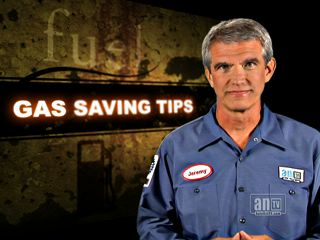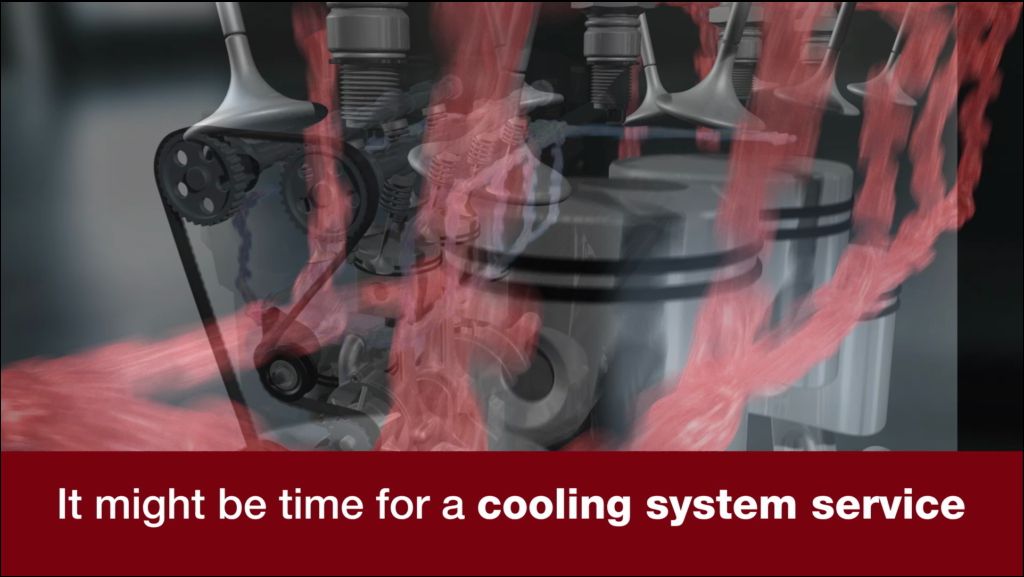The heat is on, and your vehicle takes a beating when it is. Several of your vehicle’s systems are under extra stress in hot weather, so here are a few to make sure are getting the care and maintenance they need.
It makes sense that the cooling system is one to make sure is in top shape. Vehicle breakdowns in summer are often due to a problem with one of the cooling system’s components. Coolant levels have to be up to specs, the ratio of coolant to water must be correct and the hoses, pumps, belts and radiator must all be working properly in order to prevent vehicle overheating.
Summer is also hard on your air conditioning system. You might find that no air is blowing out of the vents or maybe only hot air is coming out. Air conditioning equipment is best diagnosed and repaired by a trained and experienced technician. The problem could be in any number of components, including the condenser, compressor or blower motor.
You may think the battery gets a break in the summer, but heat will shorten the life of your battery more quickly than cold. Your service facility can analyze the condition of your battery and tell you whether it’s healthy or needs replacing.
Tires take a beating in heat, too. Pavement can be scorching hot, and the sun’s rays break down the rubber. Watch inflation pressure in hot weather, too, since air expands the hotter it gets. Your technician can check air pressure, tread depth, cupping and other uneven wear and diagnose the source of any problems.
And don’t forget brakes. One video online says brakes on a car that were driven hard on a track reached temperatures as high as 500°C/932°F. Heat can reduce stopping power. A technician should periodically inspect pads, rotors, drums, lines and other components to find a problem before you lose the ability to stop.
Finally, engine oil is really put to the test when it gets hot. Your vehicle service facility will make sure you have enough oil and the proper kind to keep your engine’s components properly lubricated. Help your vehicle beat the heat.
Autotronics of St. Peter
111 Jefferson Avenue
St. Peter, MN 56082
507.934.9290
http://autotronicsstpeter.com

